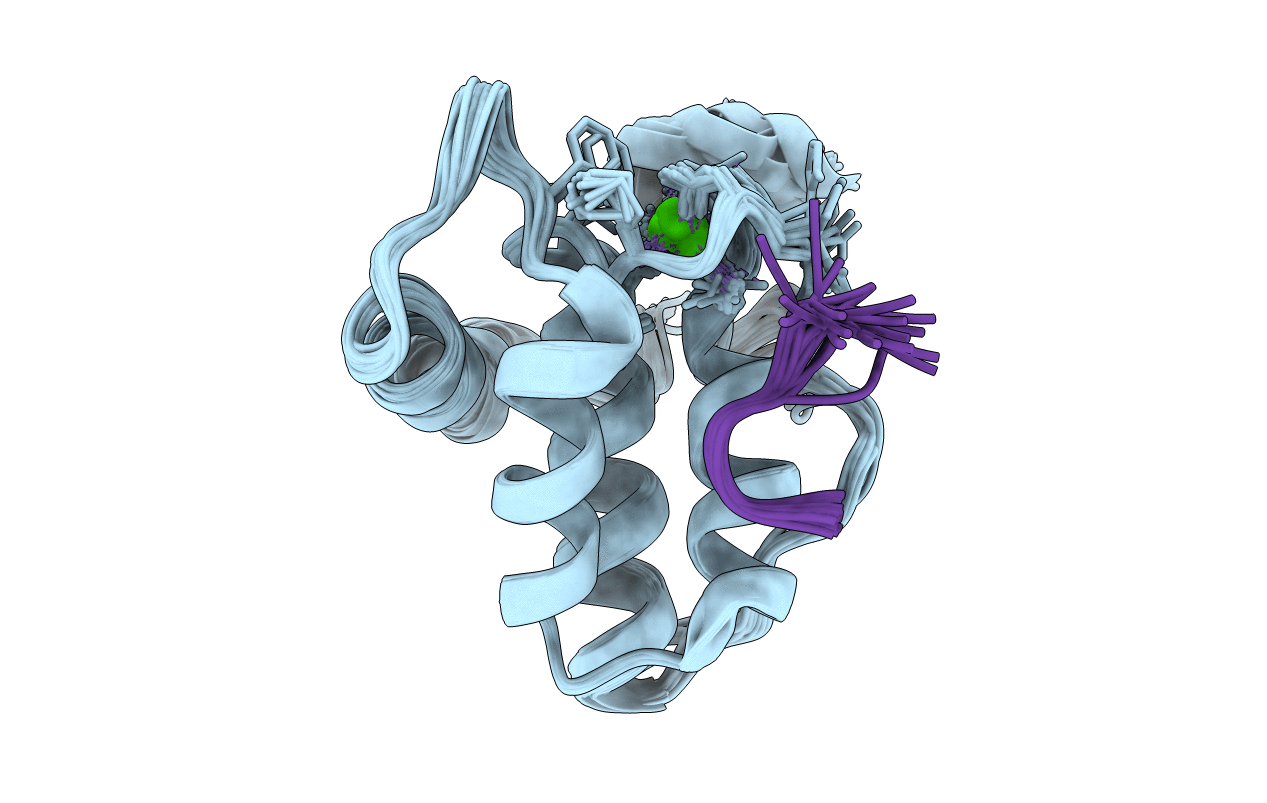
Deposition Date
2000-06-30
Release Date
2000-11-01
Last Version Date
2024-05-22
Entry Detail
PDB ID:
1F8H
Keywords:
Title:
STRUCTURE OF THE SECOND EPS15 HOMOLOGY DOMAIN OF HUMAN EPS15 IN COMPLEX WITH PTGSSSTNPFR
Biological Source:
Source Organism:
Homo sapiens (Taxon ID: 9606)
Host Organism:
Method Details:
Experimental Method:
Conformers Calculated:
50
Conformers Submitted:
20
Selection Criteria:
20 LOWEST NOE ENERGIES


